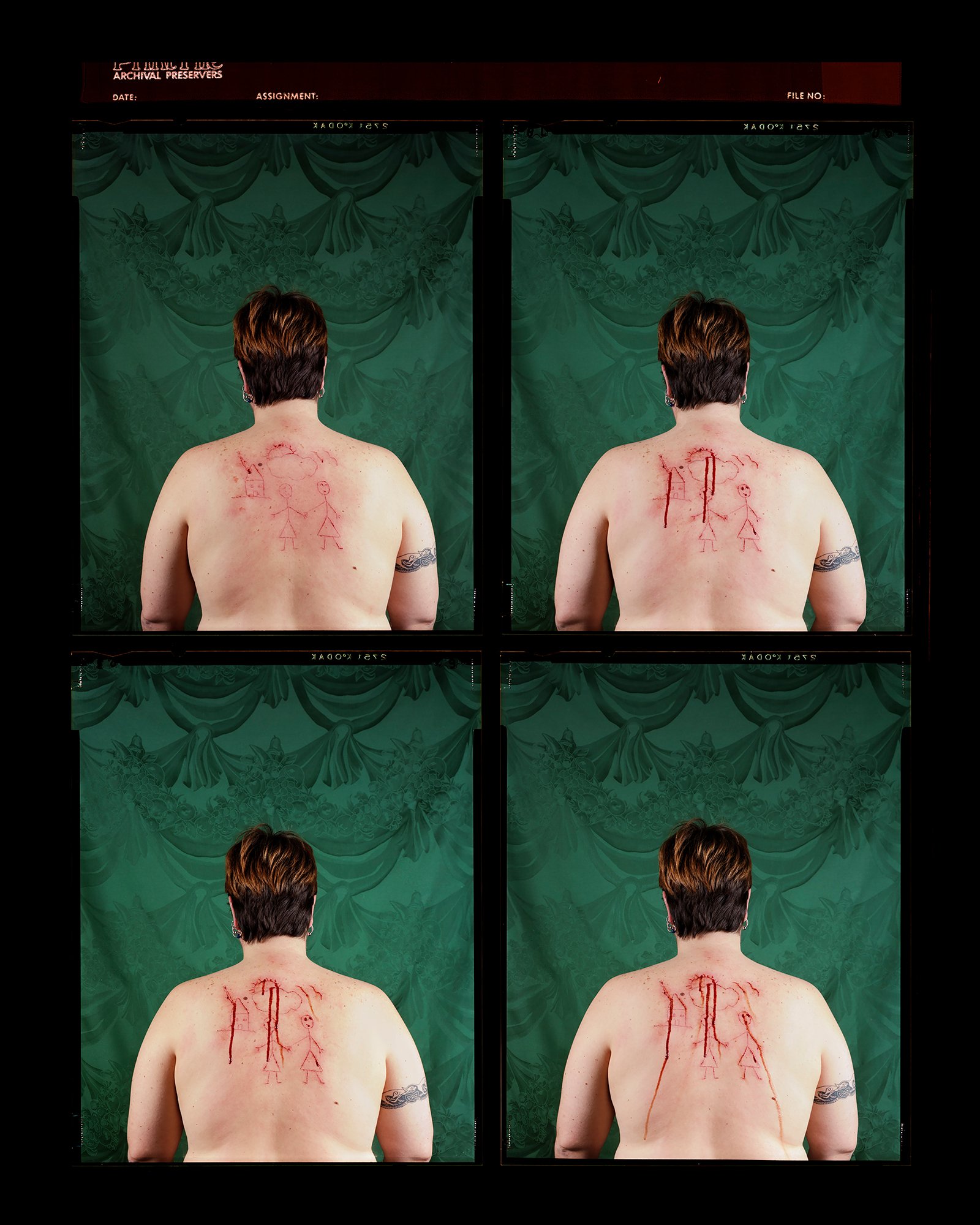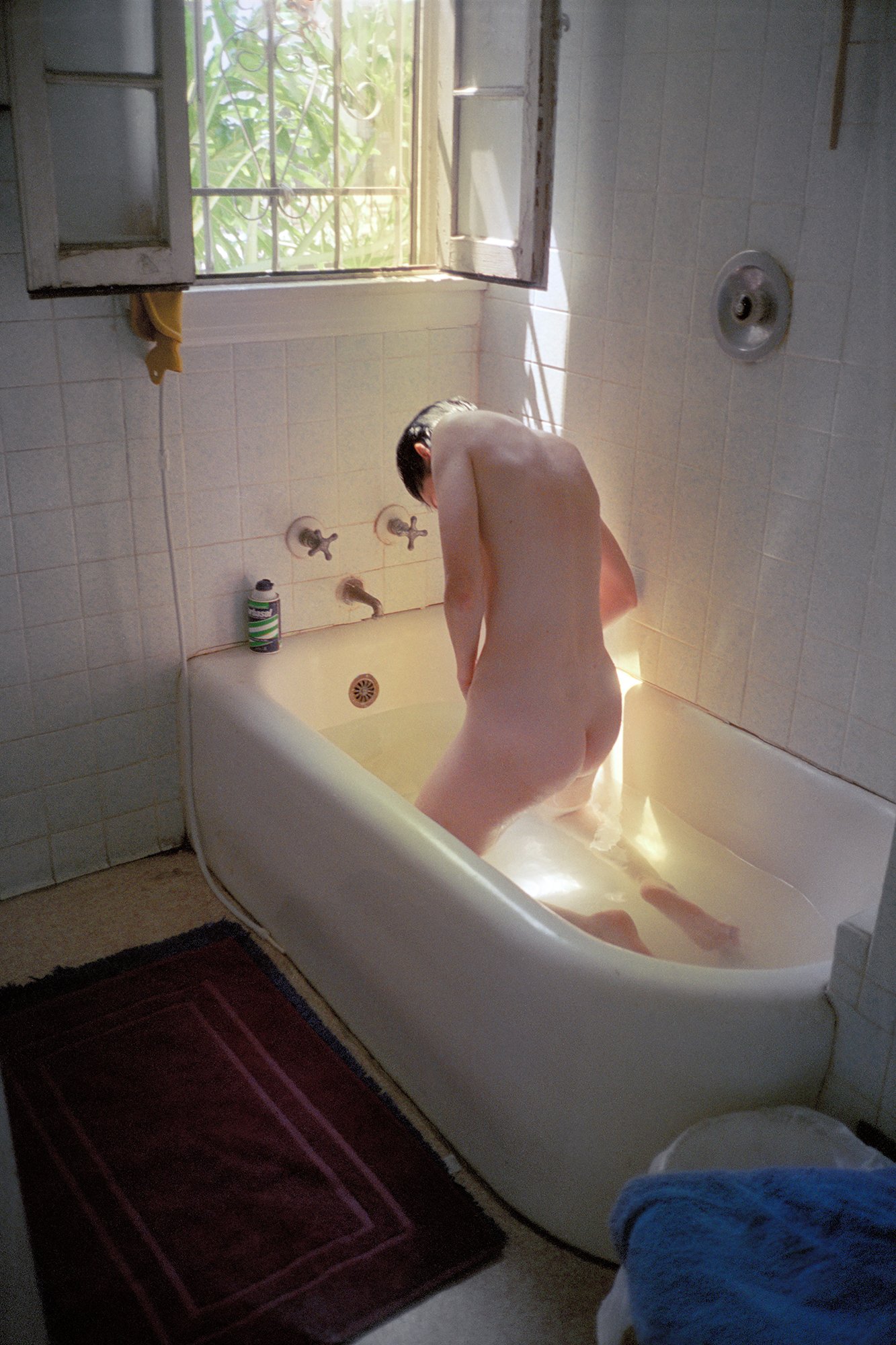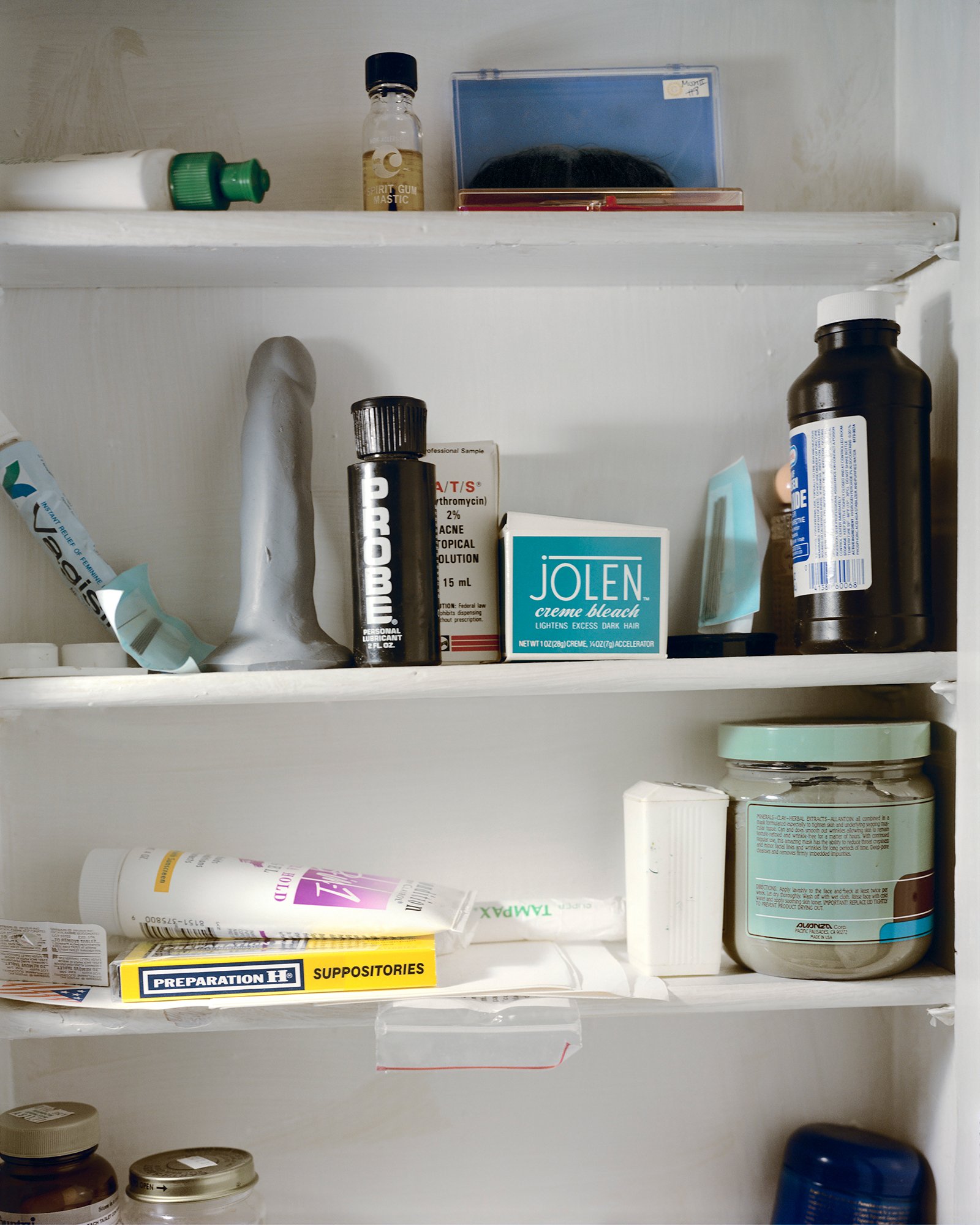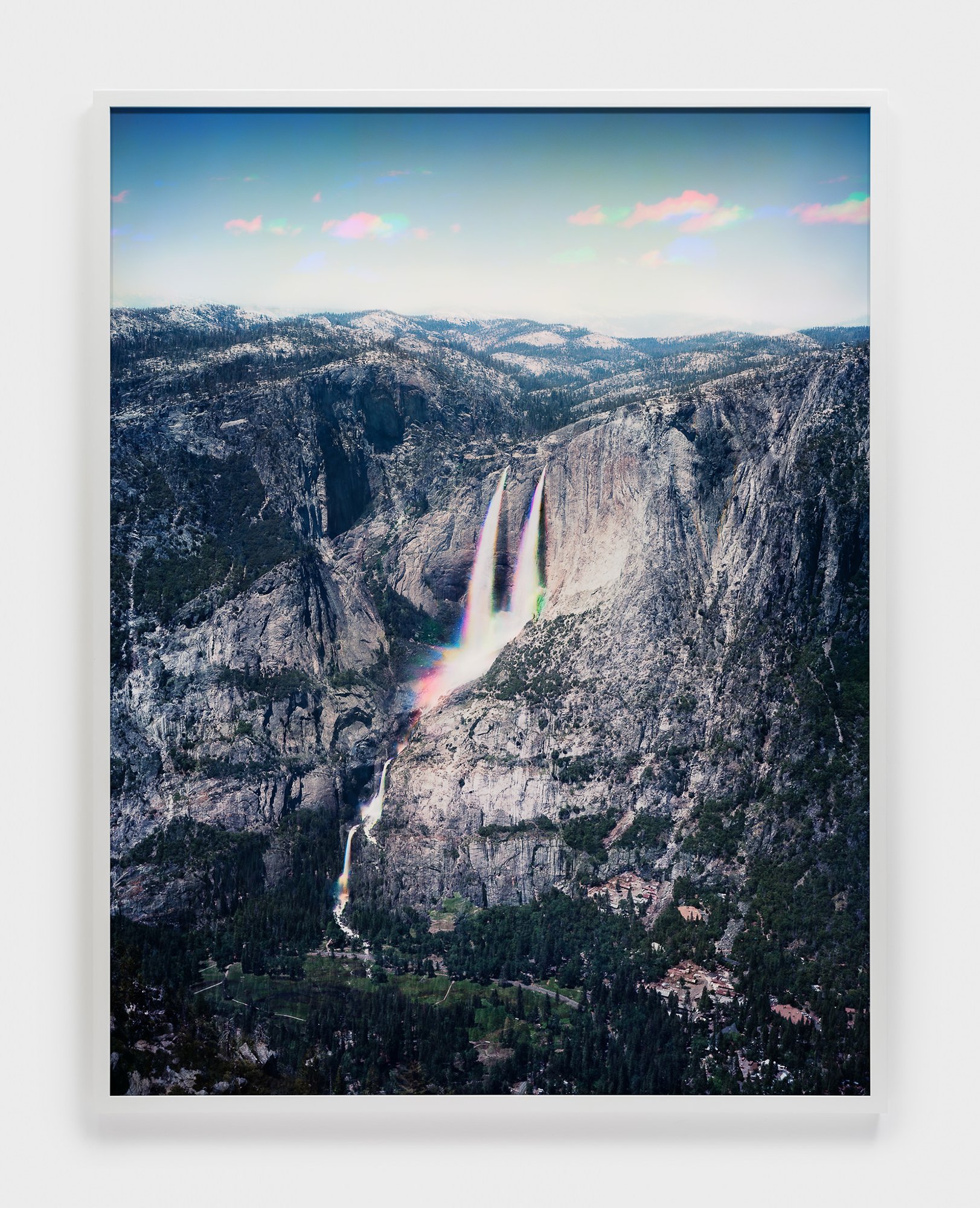Catherine Opie, Adrianna Ault, Florian Maier-Aichen
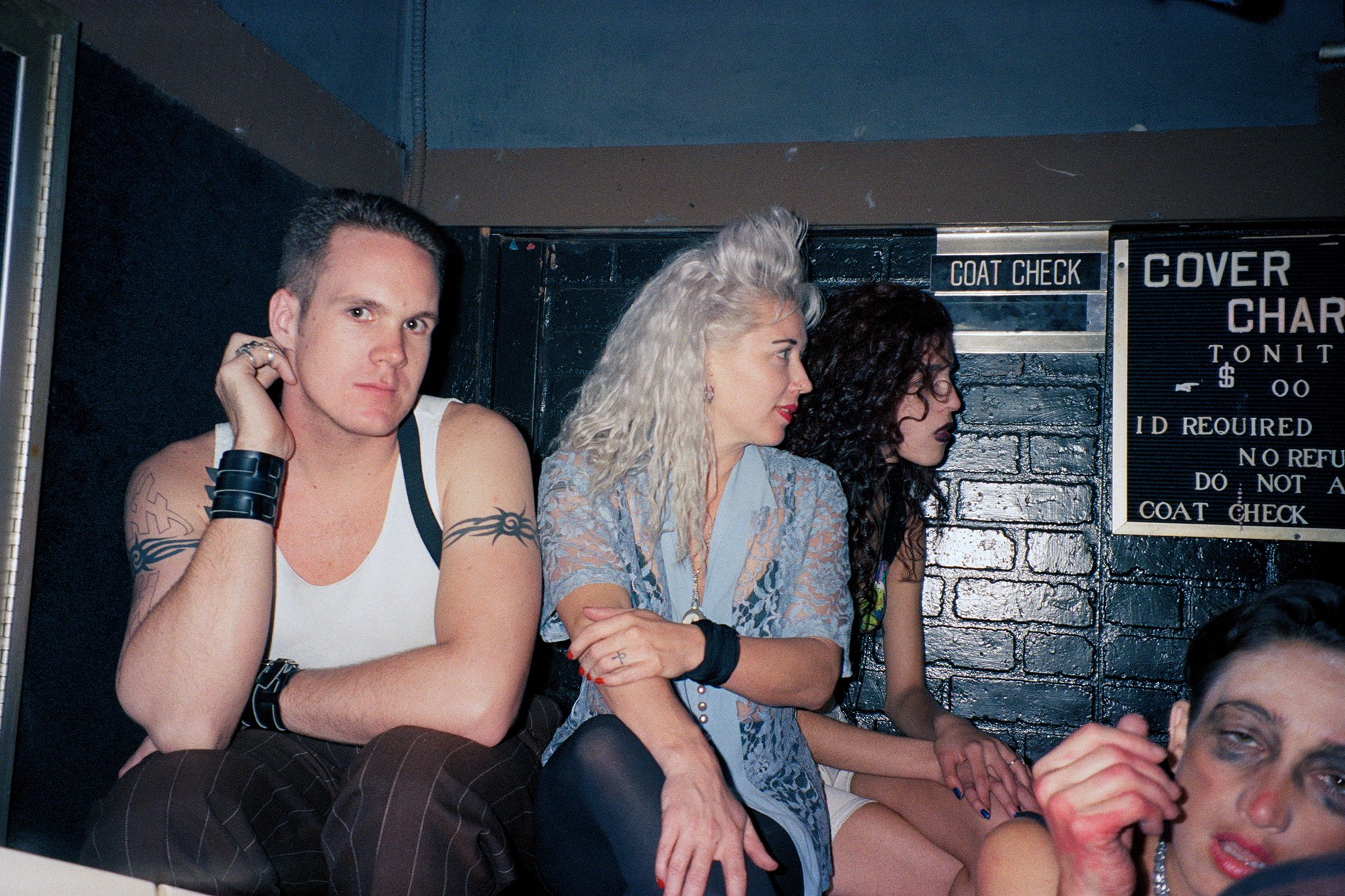
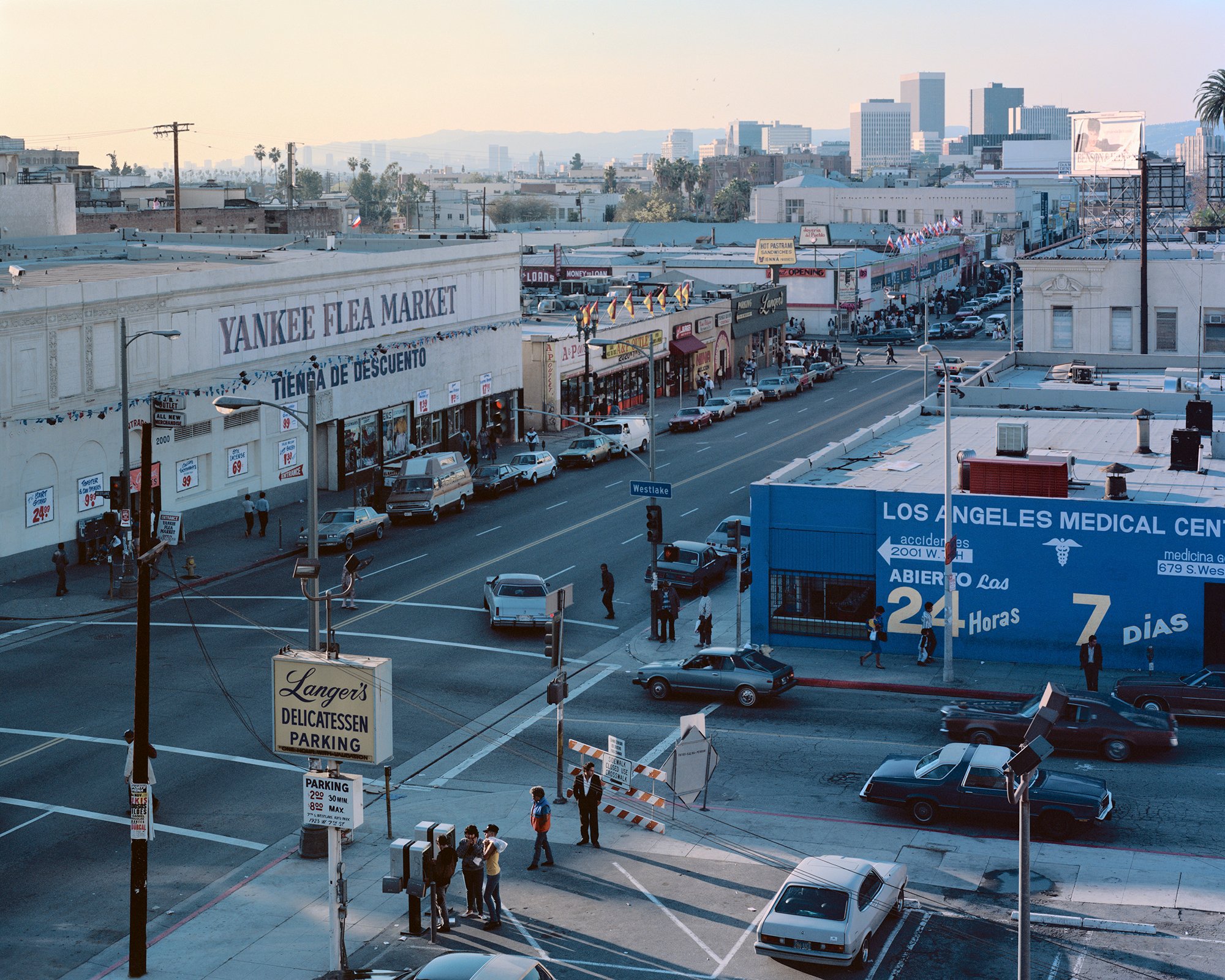
Regen Projects | Catherine Opie: harmony is fraught, January 11 – March 3, 2024
“Catherine Opie’s eleventh exhibition with Regen Projects, harmony is fraught presents over sixty photographs never shown publicly before, drawn from over thirty years of making pictures in and of Los Angeles. We see a deeply singular diary of Opie’s world—especially her early years as an emerging artist in the 1990s—intertwined with the complex public life of the city she made her home, from its signature freeways and landmarks, like the Hollywood sign, to scenes of activism and surfers at the beach. Together, they collectively trace a profoundly personal story, as well as the evolving drama and common grandeur of Los Angeles itself, a singular assembly of constructions, conflicts, and communities.
Installed in carefully considered constellations, photographs of freeways and bridges connect and encircle images of more private destinations, portraits of intimates, and telling interiors. Opie likens the literal, tender, resilient human body to the great corpus of the mutable city, always growing, aging, breaking, standing firm—another body with its own queer logic. Curiously, despite the quarter of a century or more that separates us from the moment of their making, many of these images seem to proffer the same city we know now. Likewise, we see subjects yearning for many of the same suspended desires or imperiled freedoms we seek today, evidencing a constancy (or stasis) that can be both touching and deeply unsettling.
Noting faces familiar from prior bodies of work, as in Pig Pen, 1994, Trash, 1994, Being and Having Gang, 1990/2024, Idexa and Denix, 2002, or Oliver with Turkey, 2004/2024, we see people beloved and exposed, humbly clothed, and radically embellished. Friends, lovers, and children gaze back at us. Some remain close to this day. Others have been lost, attenuated by the distance occasioned by the shifts of life and passing time. There they are: shaving, sleeping, pondering, protesting; posing, reposing; dancing, basking. Meanwhile, the city is burning, building, parking, driving; floating, hovering, waiting.
The exhibition also features a never-before-seen video of Self-Portrait/Cutting, 1993 in the making as well as a monumental nighttime exterior shot of The Palms, one of the longest running lesbian bars in Los Angeles (which closed in West Hollywood in 2013). Printed to match the scale of the lost landmark and installed along the gallery’s longest interior wall, it is visible from and converses with the real street beside it. Underscoring a recurring meditation, it dramatizes how our experiences of a place—even one as vast as LA—derives as much from a patchwork of memories, of the handful of highly specific places and people we returned to more times than we can count, as (if not more than) the structures that survive. harmony is fraught plots a kind of ghost map of sites and personae that arise before us here like a splendid mirage, an oasis of queer pasts made present, flirting with the future.”
For more information, visit Regen Projects
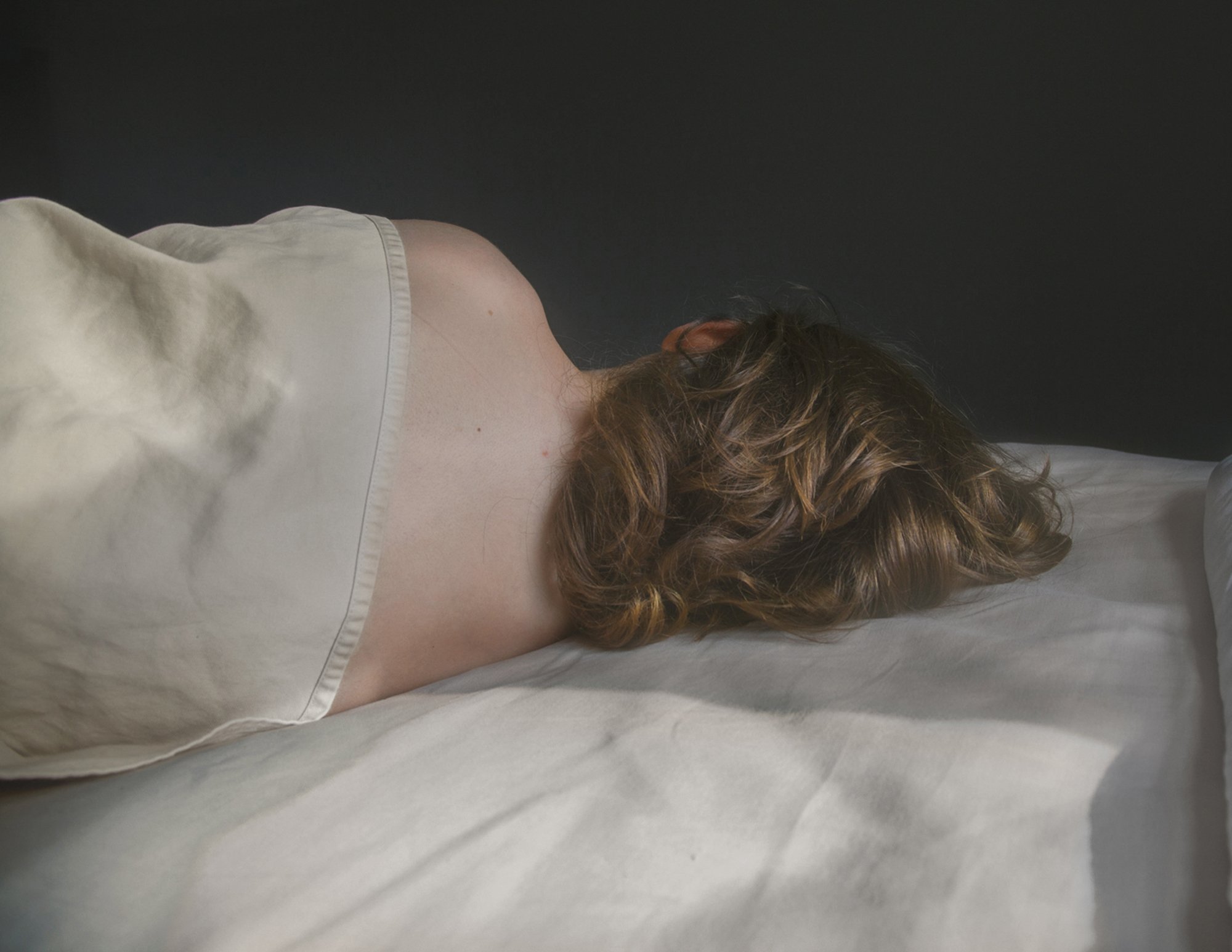
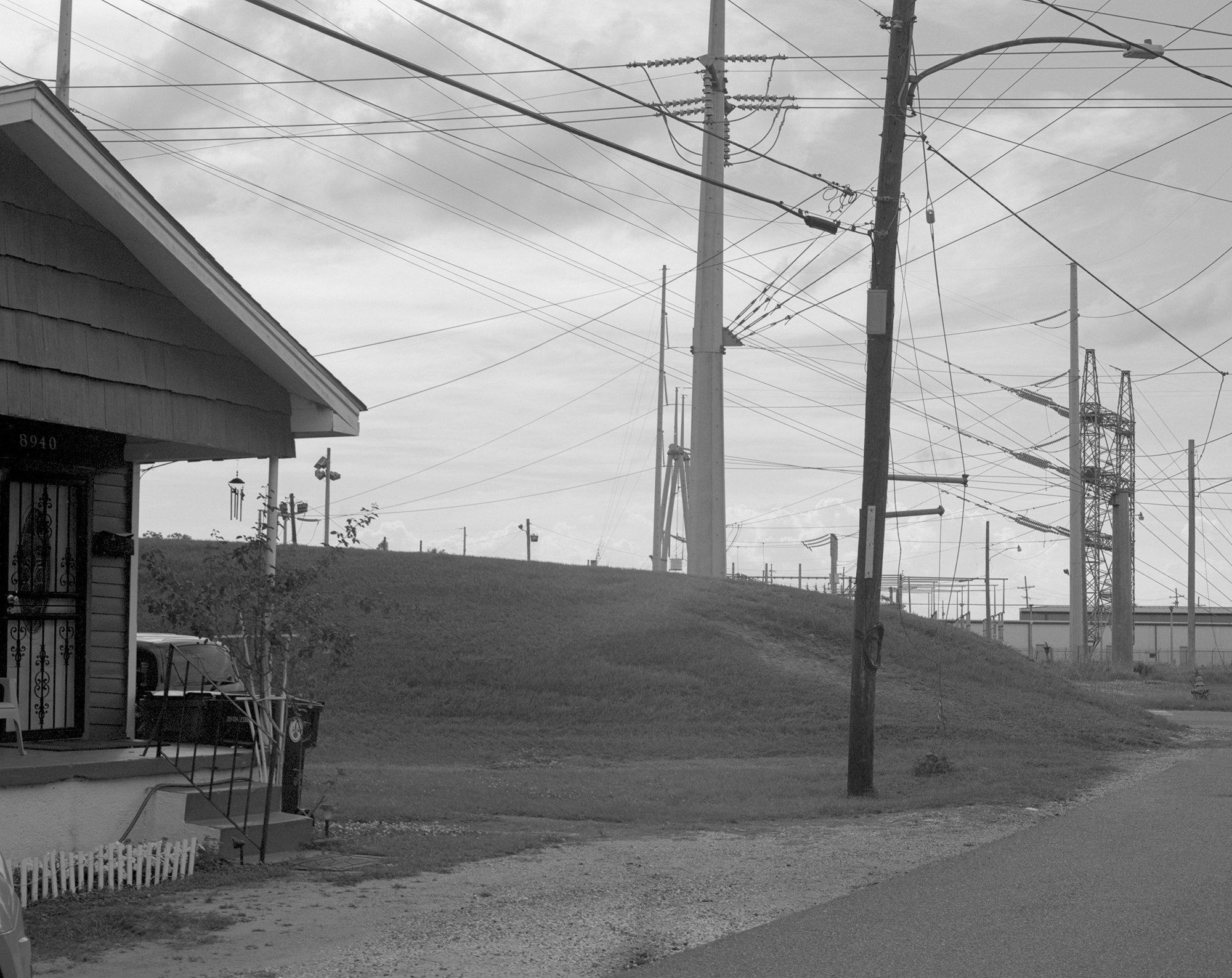
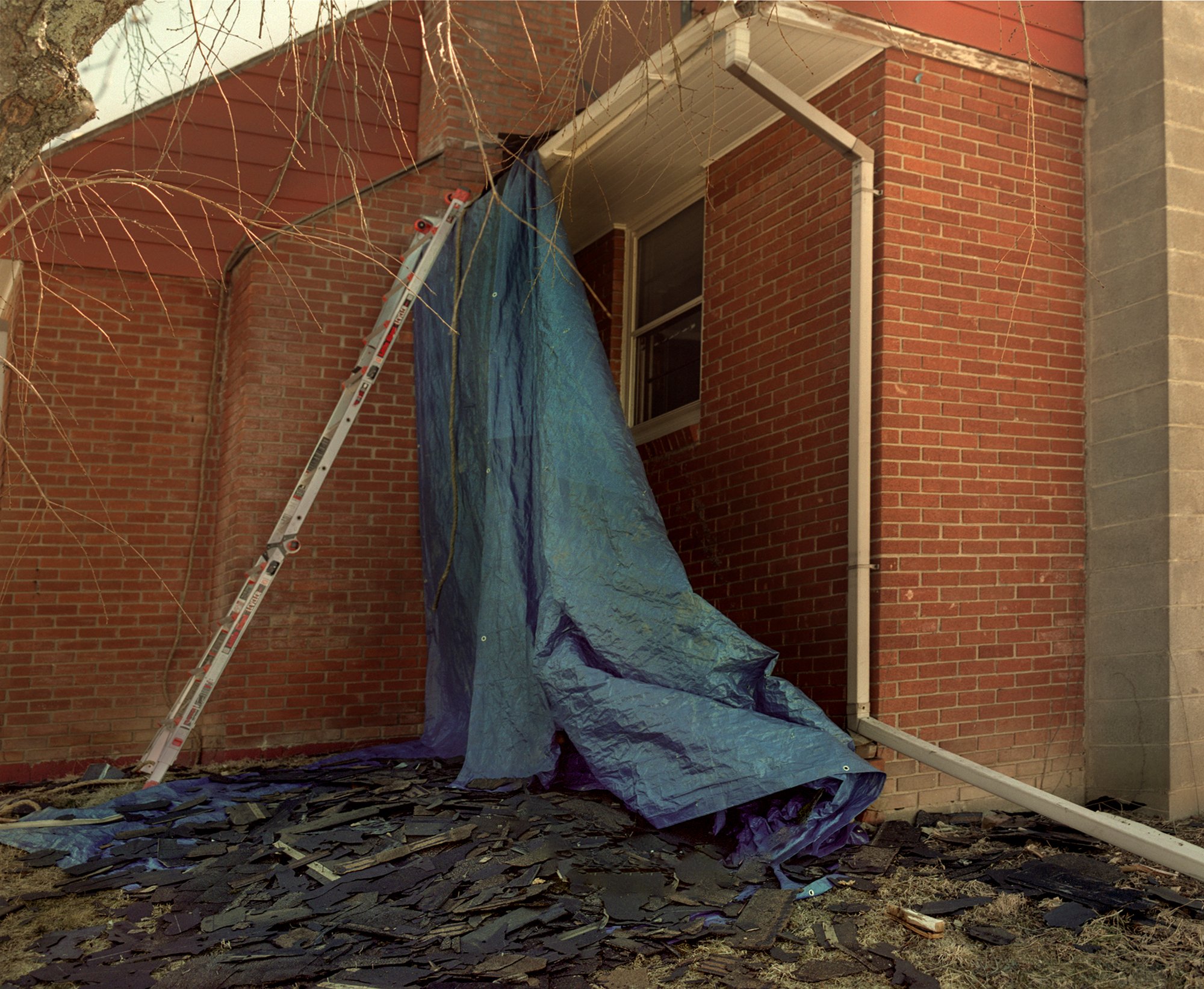
CPW | Levee: Photographs by Adrianna Ault, January 13 – March 17, 2024
“The Center for Photography at Woodstock (CPW) is pleased to announce the opening of an important solo exhibition by renowned Rhinebeck photographer Adrianna Ault. The exhibition, titled ‘Levee: Photographs by Adrianna Ault,’ debuts a new body of work, as well as a new publication by the artist, and will be on view at CPW, 474 Broadway, Kingston, from January 13 through March 17, 2024.
The images in this series record multiple visits, starting in 2017, that Ault made with her adolescent daughters to New Orleans to visit her mother, who was then dying of lung cancer. Amidst the arduous task of tending to her mother’s needs, Ault photographed the familiar scenery of her own upbringing. The Southern landscape’s atmosphere of transience and fragility echo the emotions Ault and her family experienced as they contended with her mother’s imminent passing. Ault’s subtle evocation of memory and place in the family homestead resonates through photographs that reflect her multiple roles of artist, dutiful daughter, and nurturing mother.
‘A levee is an embankment built to stem the surging tides of a river’s overflow,’ notes CPW Curator Adam Giles Ryan, who organized the exhibition. ‘Yet, as a metaphor, a levee connotes a resilient struggle against the implacable forces of nature, an often futile attempt to thwart the inevitable. Adrianna Ault’s photographs perfectly capture this notion as she tends to the imminent passing of her mother while providing for her own children. Through her elegant compositions, her subtle color palette, and her improvisational embrace of imperfection, Ault bends the stylistic traits of photography toward a sophisticated vision of landscape, memory, and self.’
An opening for the exhibition will take place at CPW's gallery located at 474 Broadway, in Kingston, on January 13, from 5:00 to 7:00 p.m. Accompanying the exhibition is Adrianna Ault’s first monograph, Levee, published in November 2023, with VOID (Athens, Greece). Copies will be available for sale at the opening.”
For more information, visit CPW
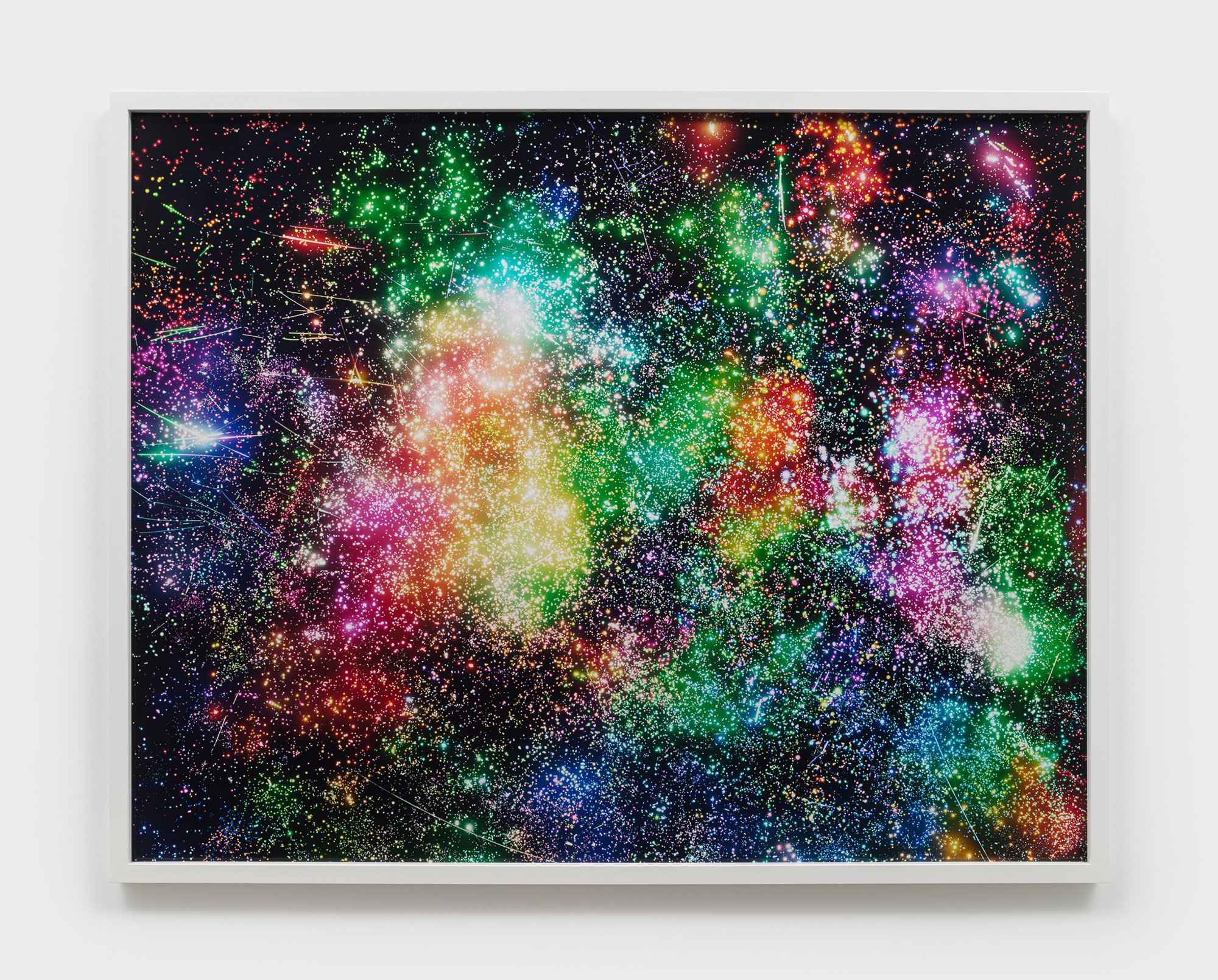
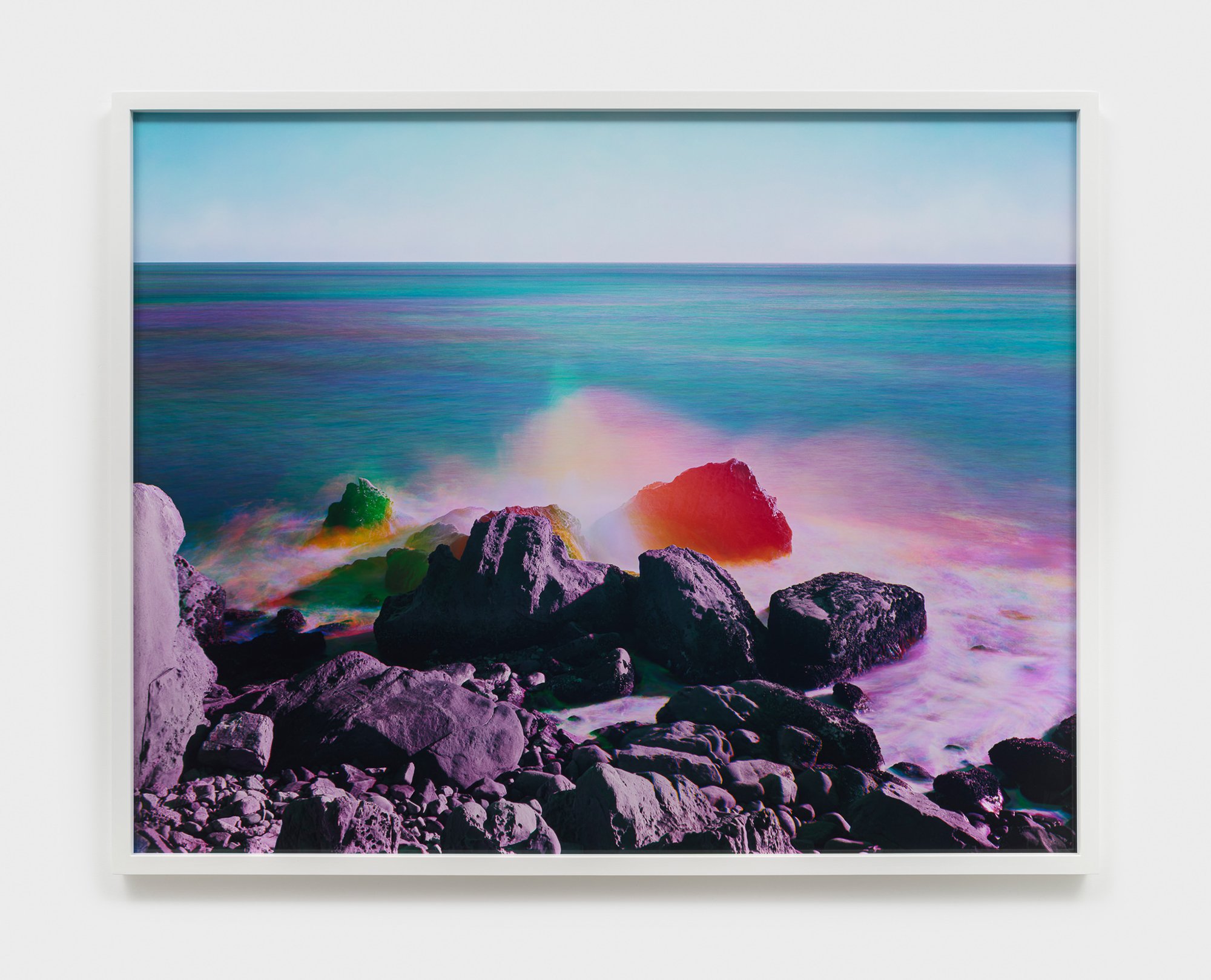
303 Gallery | Florian Maier-Aichen, January 12 – February 16, 2024
“303 Gallery is proud to present Florian Maier-Aichen’s sixth solo exhibition with the gallery. A selection of large and small-format photographs continue the artist's pursuit of new possibilities within the medium.
Known for his novel approach to image-making, Florian Maier-Aichen embraces both analog and digital techniques to create pictures that conflate the distinction between reality and invention. His photographs are primarily shot with an 8x10-inch camera, using film stock and printing processes on the verge of obsolescence. In creating his images, Maier-Aichen favors vantage points that are well-established as photogenic, seeking out locations that tie into the history of photography while also being iconically beautiful. Picture-perfect vistas and commercial backdrops of the American West are recast as generative grounds for experimentation. These sites and their naturally theatrical lighting provide an ideal counterpoint to post-war industrial Germany and the overcast, neutral skies that define the rigorously formal images of Bernd and Hilla Becher and their adherents, a way of revisiting the German romantic landscape on overdrive.
His photographs of California sunsets and ocean views push the natural glamor of these picturesque locations to otherworldly effect. Set becomes subject in Maier-Aichen’s hands, reimagined beyond its typical mass-media presentation. The necessary slow shutter speed of his tri-color process lends a painterly effect to the frothing white waves veiling the shore of one particular seascape, capturing an experience over three separate long exposures which is then compressed into a single image. The size and format of an Untitled infrared Malibu photograph echoes that of the Becher’s famous industrial series, but in an inverted beach setting, depicting leisure, sunshine, and unabashed color. Maier-Aichen rotates his image 90 degrees from the typical portrait framing to landscape, a playful gesture of toppling one’s antecedents.
Yosemite National Park has been well documented since the 19th century by Carleton Watkins, George Fiske, Eadweard Muybridge, and later Ansel Adams, to be followed by countless others. Today, the park seems almost unchanged by time, appearing so pristine it borders on artificial. An uncanny image of Yosemite Falls reveals on closer examination a chance double-exposure, creating the illusion of twin waterfalls. This doubling effect contributes a sense of unease, calling the sublimity of the landscape into question by destabilizing one’s sense of fact and fiction.
Another of Maier-Aichen’s Untitled photographs references Adams’ famous black and white picture, Tetons and the Snake River, 1942, taken in Wyoming, though Adams’ particular vantage point is now much overgrown. Captured over an hour-long exposure to absorb as much color as possible, Maier-Aichen’s photograph focuses attention on the intensity and experience of the changing light. The vista's defining natural features become nearly obliterated, the iconic mountains silhouetted like a theatrical stage set against a vibrant, rainbow-streaked sky, opening up to a new imaginary world. Through his carefully composed images, Maier-Aichen proposes that even the most distinguished and familiar landscapes can be sites of dramatic invention.
A new series of abstractions further emphasizes the artist’s impulse to craft an image rather than record one. Looking to pointillism and Lucio Fontana’s slashed paintings, Maier-Aichen fashioned a reverse DIY camera obscura using awls, screwdrivers, and brushes to pierce hundreds of apertures into a board, which was then backlit with a strong flashlight and finally captured with a second camera. Rather than attempting to correct any irregularities, Maier-Aichen exploits the lo-fi, handcrafted nature of his process, layering multiple exposures to the point of visual crescendo.”
For more information, visit 303 Gallery



